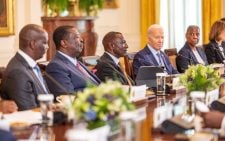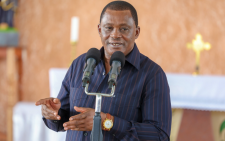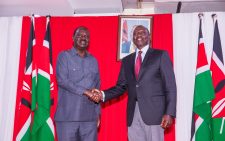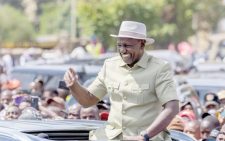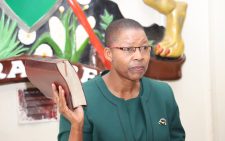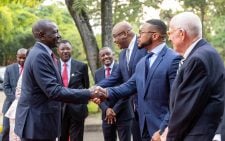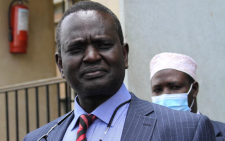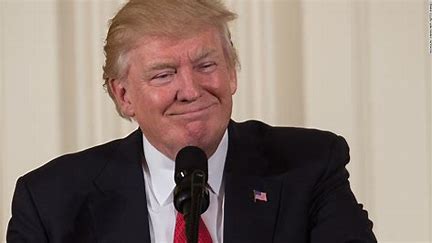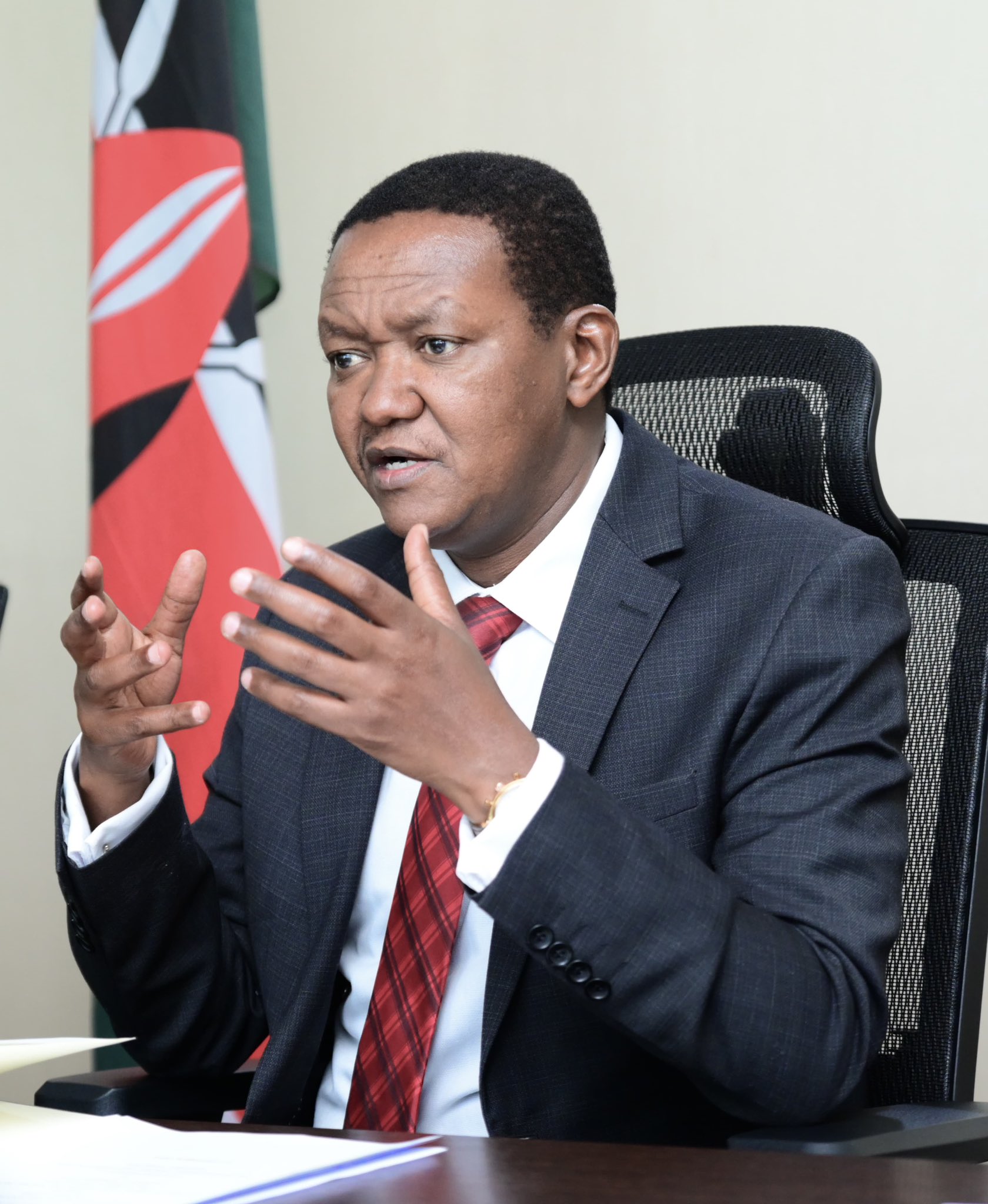World Bank, IMF meet as US turmoil turns aid taps dry
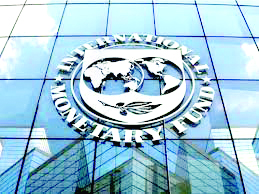
When the World Bank and International Monetary Fund (IMF) tomorrow convenes for its annual and spring meetings, the Bretton Woods institutions will deeply reflect on the turmoil US President Donald Trump is causing in global financial markets.
IMF and World Bank meetings of 191 member countries attract 10,000 central bankers, ministers of finance and development, private sector executives, civil society representatives, journalists and academics to discuss the state of the global economy.
This week’s meetings in Washington, DC will also discuss issues of international concern, such as the growth outlook, financial stability, and poverty reduction. The meetings are the only gathering of its kind in the world and a unique forum for discussion on economic policymaking.
Of particular concern as the developing world’s main source of development finance meets is Trump’s decision to cut off funding from the US, the world’s biggest aid donor.
Amid Trump’s decision to turn off the aid taps, the World Bank and its partners face a monumental task to find a way forward for the efforts to tackle the major challenges confronting developing countries – climate change, high public debt and poverty.
These global goals were already hampered by slow progress and inadequate funding even before Trump’s return. Trump and his team have moved to end $54 billion in overseas aid contracts (about 90 percent of its spending), while pressuring allies in Europe to shift aid budgets to defence.
Writing in Climate Home News, the award-winning independent digital publication covering the international politics of the climate crisis, Laurie Goering says Trump’s stop-start tariffs on the US’s trading partners have shaken markets in recent weeks, resulting in trillions of dollars in losses and deep uncertainty among investors.
“This is a tough moment. The trajectory has not been good for some time now but now there’s a cliff,” she quoted Gayle E. Smith, former head of the US Agency for International Development (USAID) under former President Barack Obama, as saying.
“If the era of foreign aid as we’ve known it is likely over, how do we reimagine where all the money comes from?” she asked during an interview with Climate Home at the Skoll World Forum in Oxford recently.
The truth, financial and aid experts say, is that no particularly reform – whether debt restructuring, rethinking the international financial architecture, boosting private investment, expanding the donor pool or asking recipient countries to raise more cash for themselves – can make a big enough difference, states Goering.
“But all of them working together in a far more coordinated and thoughtful way may offer a path ahead,” she adds.
“We need to look at them as a system,” urged Mahmoud Mohieldin, a former World Bank official now the United Nations special envoy for financing the 2030 sustainable development agenda.
He and others in a group formed by the UN Secretary-General, is tasked with trying to fill the vast development finance gap and finding solutions to a crippling debt crisis preventing many poorer countries from financing their own advances. The job has gotten significantly harder as a result of the changes in the US, Mohieldin indicated.
“We are not in 2000 – not even in December 2024 anymore. It’s a completely different world we are living in,” the former Egyptian finance minister told an event on climate and nature finance and debt, coordinated by the London-based International Institute for Environment and Development this month.
At the World Bank and IMF meetings, bankers faced with implementing reforms to free up more climate finance, boost sustainable development and offer help to heavily indebted countries, will also be worrying about broader issues of global financial stability – and potentially their own future, with the Trump administration now reviewing US membership in “all intergovernmental organisations”.
The Fourth International Conference on Financing Development, in Seville, Spain from 30 June to 3 July, in turn, will bring together government officials, international institutions and other actors aiming to raise and channel finance to achieve the Sustainable Development Goals (SDGs) – and even-more urgent challenge as big chunks of traditional development funding disappear.
Some of the key elements are clear, such as finding new ways to ease backbreaking debt levels in many poor countries that result in a hefty share of income going to interest payments rather than education, health and other essential services, let alone climate change adaptation and mitigation.
From the Bridgetown Initiative to the Paris Pact for People and the Planet – both of which seek to reform the international system to support green development – a range of innovative ideas have been proposed but none have been implemented at the scale and pace needed, Mohieldin said.
Barbados, for instance, last year received development bank support to finance $300 million in high-interest debt, freeing up $125 million to improve a sewerage treatment plant so it can produce water for irrigation and groundwater recharge in the water-short Caribbean nation.
Such debt-for-climate-resilience swaps and other financial system reforms are all “technically feasible,” said Mohieldin,. “What’s lacking is political leadership to make them happen faster and on a larger scale,” he added.
Some governments – including France and Kenya – and climate justice activists have also been pushing for levies on global industries, such as aviation, fossil fuels and financial markets, to generate new sources of revenue for climate action in developing countries. But these have been slow to emerge, with a taskforce set up to explore these options due to publish an assessment within the next two months, reports Goering.
Shipping talks at the International Maritime Organization (IMO) headquarters in London last week ruled out using a new maritime emissions pricing system to generate money for broader climate finance, disappointing small island and Africa nations.
Meanwhile, Brazil’s COP30 presidency team will launch consultations by a so-called “circle of finance ministers” at next week’s IMF/World Bank spring meetings, who will work on a report for November’s climate summit, mapping out ways to mobilise a promised $1.3 trillion per year by 2035 in climate finance for developing countries.
Bringing far more private money into climate and development action is widely recognized as crucial, especially as aid dries up – but much more work is needed to help businesses understand that such investments will have significant financial payoffs, says Mindy Lubber, the CEO of Ceres, a US non-profit that works with companies holding assets of $49 trillion to make the case for sustainability.
“We can’t solve the problems that we live to solve without the leverage, power and resources of businesses. They have the capital”.
While many things like solar energy investments are already generating profits, “we need to bang into the head of every company that their bottom line is at risk” from harsher climate impacts and natural destruction that is producing water shortages, crop failures and failing insurance markets, she said.
Experts told Climate Home the clearest route to close the widening finance chasm is to ensure what remains of overseas development and climate aid is combined with philanthropic cash – with many big foundations now boosting spending – to test new ideas and lower risks for private investors.
